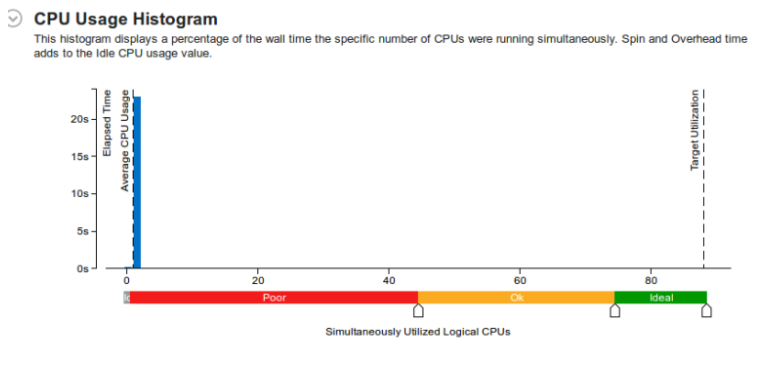Sponsored Post
The Internet of Things (IoT) is a collection of smart devices connected to the cloud. “Things” can be as small and simple as a connected watch or a smartphone, or they can be as large and complex as a car. In fact, cars are rapidly becoming some of the world’s most intelligent connected devices, using sensor technology and powerful processors to sense and continuously respond to their surroundings. Powering these cars requires a complex set of technologies:
- Sensors that pick up LIDAR, sonar, radar, and optical signals
- A sensor fusion hub that gathers millions of data points
- A microprocessor that processes the data
- Machine learning algorithms that require an enormous amount of computing power to make the data intelligent and useful
Successfully realizing the enormous opportunities of these automotive innovations has the potential to not only change driving but also to transform society.
Intel® GO™ Automotive Software Development Kit (SDK)
From car to cloud―and the connectivity in between―there is a need for automated driving solutions that include high-performance platforms, software development tools, and robust technologies for the data center. With Intel GO automotive driving solutions, Intel brings its deep expertise in computing, connectivity, and the cloud to the automotive industry.
Autonomous driving on a global scale takes more than high-performance sensing and computing in the vehicle. It requires an extensive infrastructure of data services and connectivity. This data will be shared with all autonomous vehicles to continuously improve their ability to accurately sense and safely respond to surroundings. To communicate with the data center, infrastructure on the road, and other cars, autonomous vehicles will need high-bandwidth, reliable two-way communication along with extensive data center services to receive, label, process, store, and transmit huge quantities of data every second. The software stack within autonomous driving systems must be able to efficiently handle demanding real-time processing requirements while minimizing power consumption.
The Intel GO automotive SDK helps developers and system designers maximize hardware capabilities with a variety of tools:
- Computer vision, deep learning, and OpenCL™ toolkits to rapidly develop the necessary middleware and algorithms for perception, fusion, and decision-making
- Sensor data labeling tool for the creation of “ground truth” for deep learning training and environment modeling
- Autonomous driving-targeted performance libraries, leading compilers, performance and power analyzers, and debuggers to enable full stack optimization and rapid development in a functional safety compliance workflow
- Sample reference applications, such as lane change detection and object avoidance, to shorten the learning curve for developers
Intel GO automotive development platforms offer a flexible and scalable architecture of CPUs, FPGAs, and other accelerators. This provides a unique and optimized blend of parallel and sequential processing—ideal for partitioning automated workloads into the most efficient compute type. With a combination of Intel Atom® and Intel® Xeon® processors for automotive and Intel® Arria® 10 FPGAs, Intel delivers a diverse range of computing elements that can accommodate designs that may change long after hardware and vehicle design decisions have been made.

Analysis of the original code indicates that only one of the 88 logical CPUs is being used. This means there is significant room for performance improvement if we can parallelize the code.
Intel® System Studio
Intel also provides software development tools that help accelerate time to market for automated driving solutions. Intel System Studio provides developers with a variety of tools including compilers, performance libraries, power and performance analyzers, and debuggers that maximize hardware capabilities while speeding the pace of development. It is a comprehensive and integrated tool suite that provides developers with advanced system tools and technologies to help accelerate the delivery of the next-generation, power-efficient, high-performance, and reliable embedded and mobile devices. This includes tools to:
- Build and optimize your code
- Debug and trace your code to isolate and resolve defects
- Analyze your code for power, performance, and correctness
[clickToTweet tweet=”Intel provides software development tools that help accelerate time to market for automated driving solutions. ” quote=”Intel provides software development tools that help accelerate time to market for automated driving solutions. “]
The Intel System Studio tools in the Intel GO SDK give automotive solution developers an integrated development environment with the ability to build, debug and trace, and tune the performance and power usage of their code. This helps both system and embedded developers meet some of their most daunting challenges:
- Accelerate software development to bring competitive automated driving cars to market faster
- Quickly target and help resolve defects in complex automated driving (AD), advanced driver assistance systems (ADAS), or software-defined cockpit (SDC) systems
- Help speed performance and reduce power consumption
This is all provided in one easy-to-use software package.
Download a free trial of Intel System Studio




Speak Your Mind